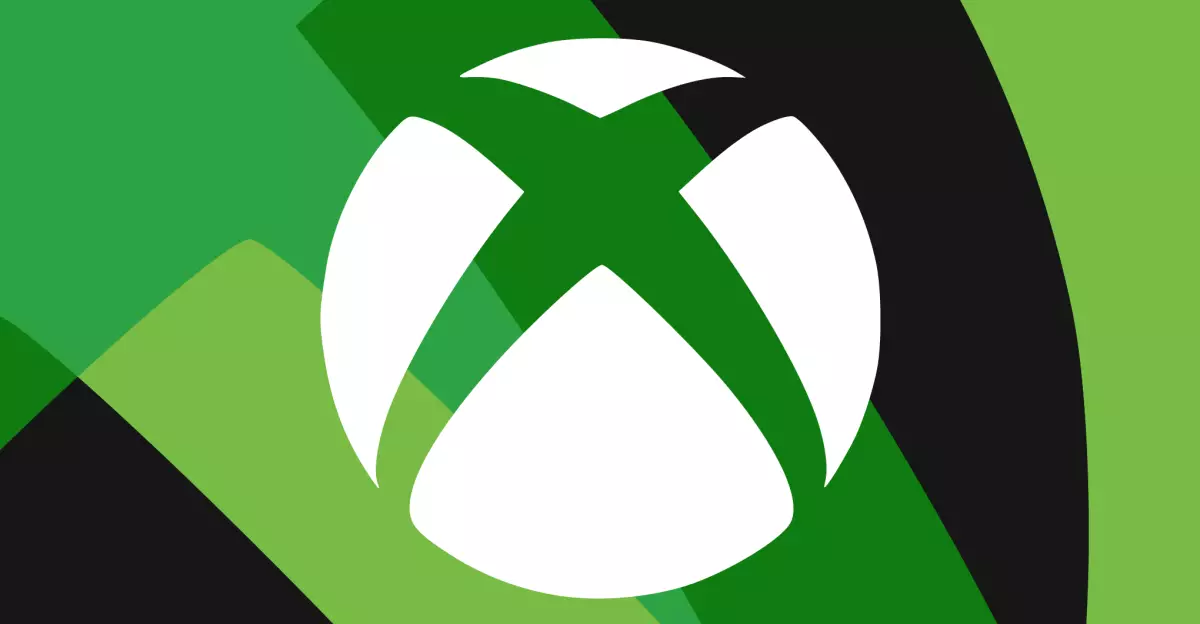The current landscape of gaming technology is in a state of rapid evolution, with industry giants pushing the boundaries of how players interact with their devices. The forthcoming Xbox iteration promises not just incremental upgrades but a seismic shift towards integrating sophisticated artificial intelligence (AI) and revolutionary cloud gaming capabilities. This bold step signifies Microsoft’s determination to redefine the gaming experience into something more accessible, immersive, and intelligent than ever before. Far from being a mere hardware refresh, the next Xbox aims to embed AI at the core of gameplay and service delivery, promising profound changes that could reshape the entire industry.
The Cloud’s Expanding Role: Making Games More Accessible
The strategic emphasis on cloud gaming illustrates Microsoft’s recognition of the shifting paradigms in entertainment. Historically, gaming was tethered to powerful local hardware, but the advent of cloud technology is dismantling these boundaries. Microsoft’s ongoing efforts to develop a dedicated, more affordable version of Xbox Cloud Gaming aim to broaden reach—especially into underserved regions. The company’s hints towards introducing a free or ad-supported tier suggest a desire to democratize access, breaking down economic barriers that currently restrict full participation.
Despite Nvidia’s superior reputation in cloud gaming with its high-performance GeForce Now, Microsoft remains committed to refining its cloud service. The integration of cloud streaming within the Xbox ecosystem, including the possibility of directly streaming owned games, points to a future where hardware limitations become less relevant. Instead, your gameplay quality will be dictated by the capabilities of the cloud infrastructure itself, provided the technology is properly optimized. This strategic pivot could dramatically alter the economics of gaming—shifting from ownership towards a service-centric model that focuses on seamless access and convenience.
AI’s Transformative Promise: Beyond Basic Enhancements
The announcement of dedicated silicon and AI-powered features underscores Microsoft’s vision of an immersive, intelligent gaming environment. The next Xbox isn’t just about raw processing power; it’s about an AI that can elevate storytelling, optimize rendering, and personalize player experiences. Neural rendering, a cutting-edge technology under development, promises ultra-realistic graphics and real-time visual enhancements, effectively blurring the line between CGI and reality. Such innovations suggest that gamers will soon enjoy environments so vivid they feel tangible.
More importantly, AI’s integration extends into gameplay mechanics and user interface experiences. Imagine non-player characters that adapt intelligently to your playstyle, creating a more dynamic and unpredictable narrative. AI could also assist in game development itself, enabling developers to craft worlds and stories with unprecedented flexibility and depth. Throughout this evolution, it’s vital to recognize that Microsoft’s investments in dedicated hardware like NPUs (Neural Processing Units) are essential to delivering these features with minimal latency and maximum efficiency.
Shifting the Industry’s Power Dynamics
Microsoft’s push towards making Xbox more affordable and accessible hints at a larger strategy to widen its influence across markets that have traditionally been dominated by PC gaming and rival streaming services. The company’s ambition to lower barriers—whether through cheaper cloud tiers or more seamless integration with existing devices—indicates a desire to create a truly omnipresent gaming ecosystem. Such a platform could serve as a hub that unifies console, PC, and mobile gaming, catering to a broader, more diverse audience.
Simultaneously, the collaboration with AMD on custom chipsets signifies a tailored approach to hardware development, allowing Microsoft to optimize for AI and cloud capabilities. This minimalist yet powerful design philosophy could position the next Xbox as the nexus of high-performance gaming and intelligent computation—an ultimate convergence of hardware innovation, software sophistication, and cloud scalability.
Potential Challenges and Critical Considerations
However, a critical viewer must acknowledge that integrating expansive AI features and cloud gaming at scale presents formidable challenges. Latency, bandwidth requirements, and privacy concerns remain significant hurdles, especially when considering global deployment. While the technology is promising, it’s not yet guaranteed to deliver universally smooth experiences, particularly in regions with limited connectivity.
Furthermore, Microsoft’s vision hinges heavily on ecosystem control—limiting player choice through exclusive integrations and store consolidations. This centralization, while strategic, might breed resistance among gamers and developers craving more open and flexible platforms. The ultimate success of these innovations depends on balancing technological excellence with consumer trust and industry cooperation.
A New Era Beckons
The next Xbox signifies more than just a console update; it embodies a paradigm shift toward a smarter, more accessible, and deeply integrated gaming universe. By embedding AI and cloud technology at its core, Microsoft is not merely enhancing performance but fundamentally reimagining how games are created, experienced, and shared. This vision stretches beyond hardware, aiming to democratize gaming and foster a future where the distinction between digital and real worlds continues to blur—powered by intelligent systems and the cloud’s limitless potential.

